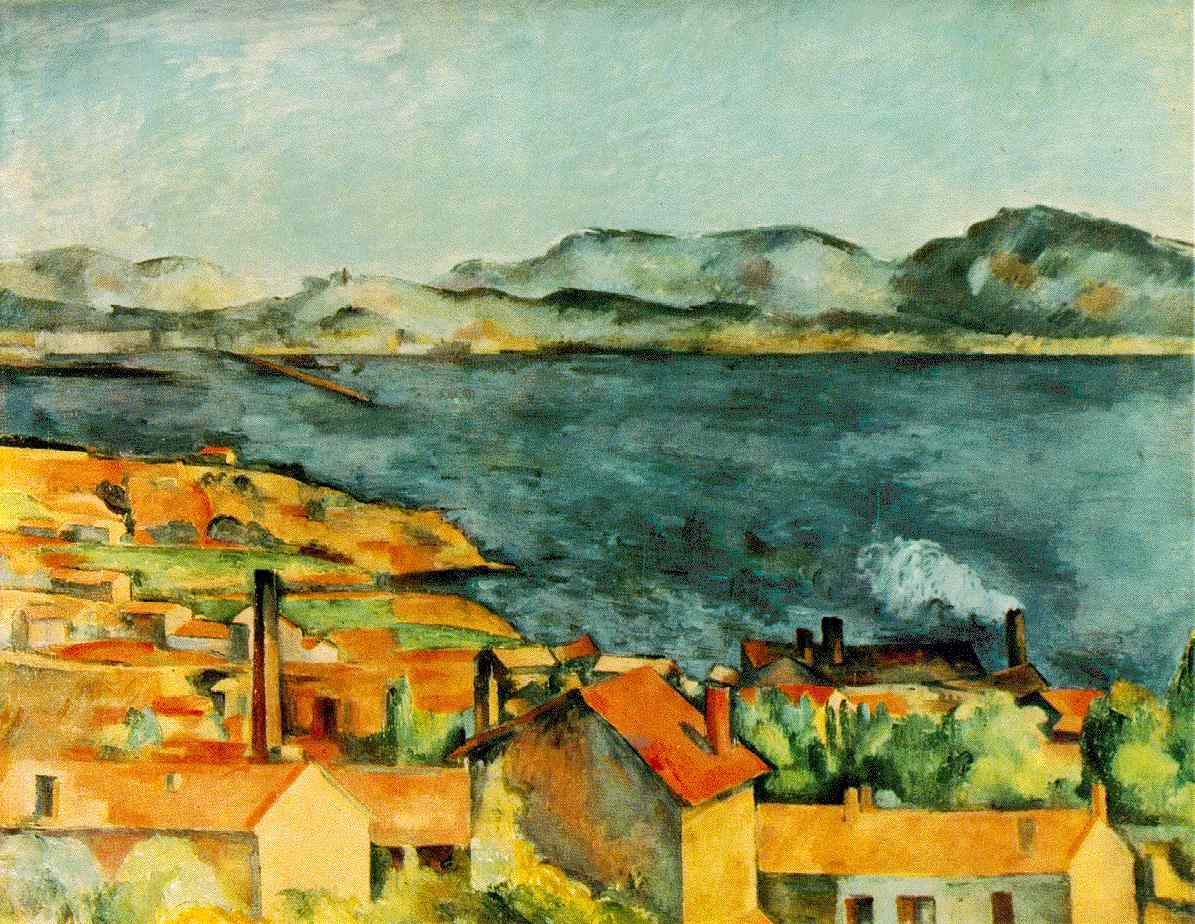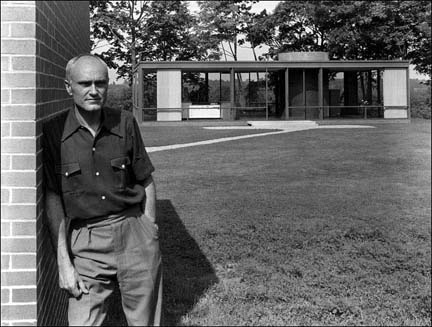
You think?
Posted on 03/02/2006 6:35:45 AM PST by Republicanprofessor
Art Ping.
Let Sam Cree, Woofie or me know if you want on or off this art ping list.
Art Appreciation/Education ping.
Excuse the double ping with the art ping list, but some of you are solely on this list. And this is a great educational article.

You think?
Extremely interesting, RP. And MoMA wanted nothing to do with this? Seems like major insights into the world of modern art.

Hehe...Bunshaft!
I agree. A window onto another world. People who posess great wealth and talent. I didn't realize Philip Johnson was so connected. How do these people recognize that special something in the young? Or is it just a crap shoot? The phrase "winners of life's lottery" comes to mind, but I (at least) have no doubt that these people are for real, if only because of the "staying power" of their vision.
As to the question of MoMA's somewhat astringent attitude toward the memoir, perhaps the byzantine nature of their vast quid pro quo network, which spans continents and generations, perhaps makes the "no comment" position the safest one for all concerned.
Excellent article, RP, and thanks for posting it.
(steely)
Tom -- Philip Johnson had an apartment right next to MoMA. So he put his rent money where his mouth was!
LOL Funny,... but is it art?
heehee.
>> So he put his rent money where his mouth was! <<
Oh, the poor, sacrificing wretch, forced by his convictions to live in the squalor of Manhattan's Upper East Side.
...Now if he lived in the village in the 1960's, THAT'S making a sacrifice!
HHOK
I don't think self-denial was ever part of Philip Johnson's lifestyle. Nor of Picasso's, for that matter.
You know, I don't even like his work that much (AT&T building execrable IMO) but there's no doubt as to the power of his influence over architecture and (as illustrated by the Kaufman article) many other things as well.
(steely)
Steely -- I am sure Johnson had multiple residences. And I completely agree, I am no fan of his architectural works either. Didn't he have something to do with the design of the Four Seasons restaurant in the Seagram's Building? Maybe it's just that he ate there a lot, so we know he liked excellent cuisine.
Trading a Cézanne
for a Picasso is like
trading a date-pass
with Anna for a
night time picnic in the park
with Miss Hillary . . .


A few months ago, someone here at FR posted an unforgettable image of Johnson. The picture, which appeared to have been taken in a rooftop garden, showed Johnson, beautifully attired, in a relaxed posture, leaning against a railing or something, and looking at the camera with a very satisfied expression on his face. In the background, maybe two blocks away, was the newly-erected Seagram Building. In the image, Johnson's size was about the same as that of the building he had created.
What an amazing, and satisfying, life he must have lived.
(steely)
(steely)
Thank you, Professor, I'm printing it to read later.
I knew nothing.
You're educating me in fields far from those of the Mona Lisa and Blue Boy. You're leading me into greener pastures.
I'm forever grateful.
Leni
Yes, as you noted, Johnson and Mies did the Seagrams Building, but Johnson took that modernist aesthetic and ran with it. What might not be known about the Glass House is that there is a connecting, less transparent building in brick that contains the bedroom. Here is Johnson himself in 1949 leaning against that other building. (There are many, many lovely images of that Glass House in the property with tons of green penetrating it. Perhaps it is not as sterile as it might seem.)


It has been my impression that this was a kind of sculptural example of an ideal house and not necessarily where Johnson lived.
I saw a public TV show on his art collection once. It was an amazing collection of quite contemporary work, from Pollock onward, if my memory serves me well.
Re the Seagrams' top floor dining room, The Four Seasons: at one time there was a set of Rothko paintings there. But they were heavily damaged by the light and removed. They looked a bit different from other Rothkos, with a sense of a gate instead of a wall. I can't escape the visual connection to the David Smith Cubi that sold for so much lately.


Finally, re Johnson's AT&T. It does sometimes seem like a huge, blank piece of postmodernism. But there is something pretty overwhelming and powerful nonetheless when one enters the lobby. Maybe it is not so easily dismissed as we might wish. He originally wanted a block or more of buildings torn down in front of the AT&T to create a more effective setting and piazza.


I guess Johnson's real value will shake out over the next few decades. Same with William Rubin.
P.S. Thank you Leni for your so kind comments. You made my day. :)
Disclaimer: Opinions posted on Free Republic are those of the individual posters and do not necessarily represent the opinion of Free Republic or its management. All materials posted herein are protected by copyright law and the exemption for fair use of copyrighted works.